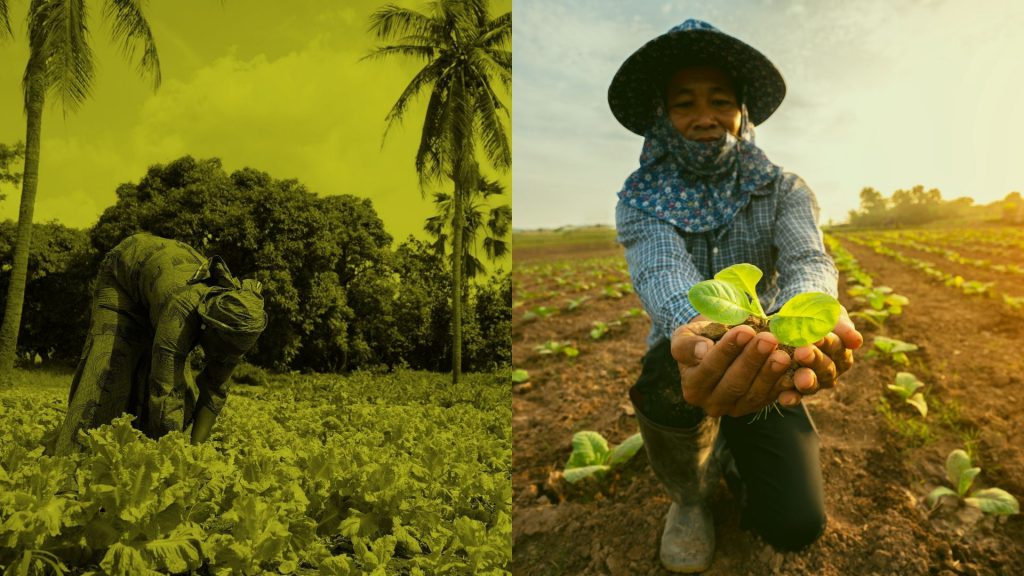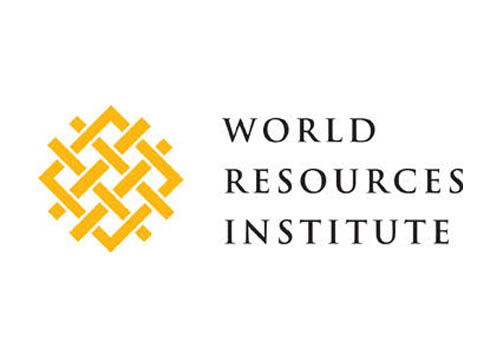By 2050, nearly 10 billion people will live on the planet. Can we produce enough food sustainably? The synthesis report of the World Resources Report: Creating a Sustainable Food Future shows that it is possible – but there is no silver bullet. This report offers a five-course menu of solutions to ensure we can feed everyone without increasing emissions, fueling deforestation or exacerbating poverty. Intensive research and modeling examining the nexus of the food system, economic development, and the environment show why each of the 22 items on the menu is important and quantifies how far each solution can get us.
The Access to Seeds Foundation was cited in the chapter ‘Improve corp breeding to boost yields’:
Page 181: “It is also difficult to get improved seed varieties rapidly into circulation. Although many analyses assume that farmers in developing countries reuse their own seeds from year to year, in many cases smallholder farmers purchase a significant proportion of their seeds from local markets or from fellow farmers. Yet only about 2.4 percent are “certified seeds” from private sector companies. Commercial farmers who have the funding to buy private sector seeds and can evaluate them are far more likely to buy these seeds more frequently, and to test new varieties offered by their seed supplier. Competition among seed companies in the United States and Europe also fosters sales efforts that lead to more rapid adoption. Government seed companies often lack these incentives. Because purchasing commercially provided seeds creates markets for more rapid variety development (by providing seed companies with a steady revenue stream), there are synergistic benefits between fostering improved distribution systems and more rapid adoption rates.”




